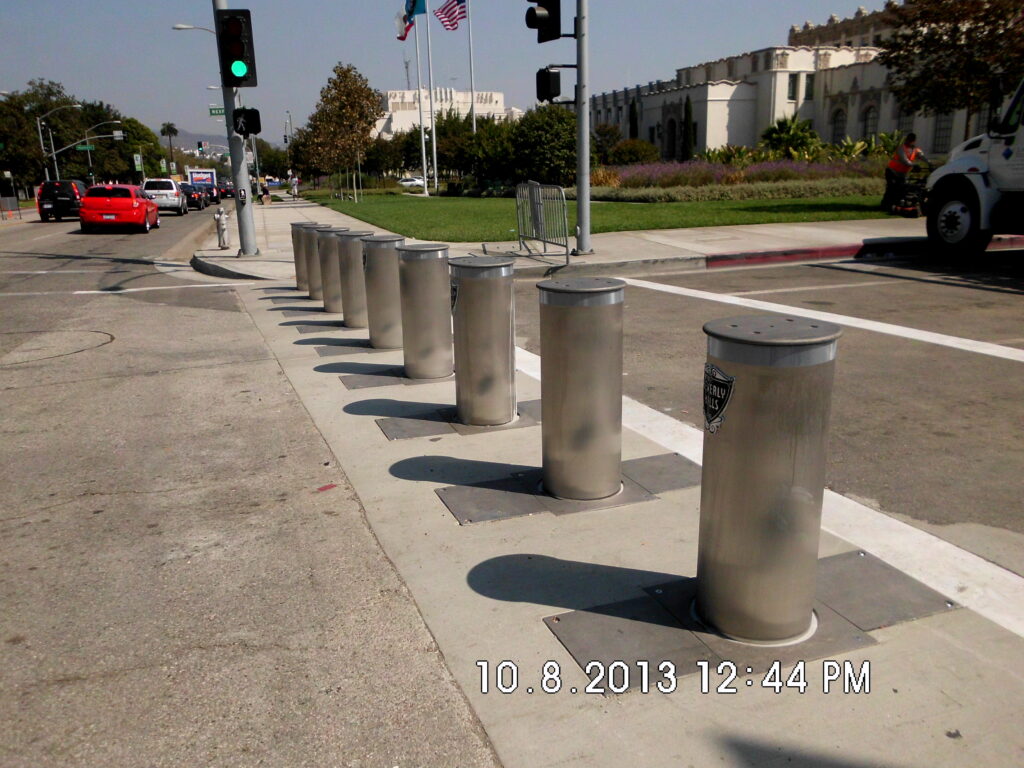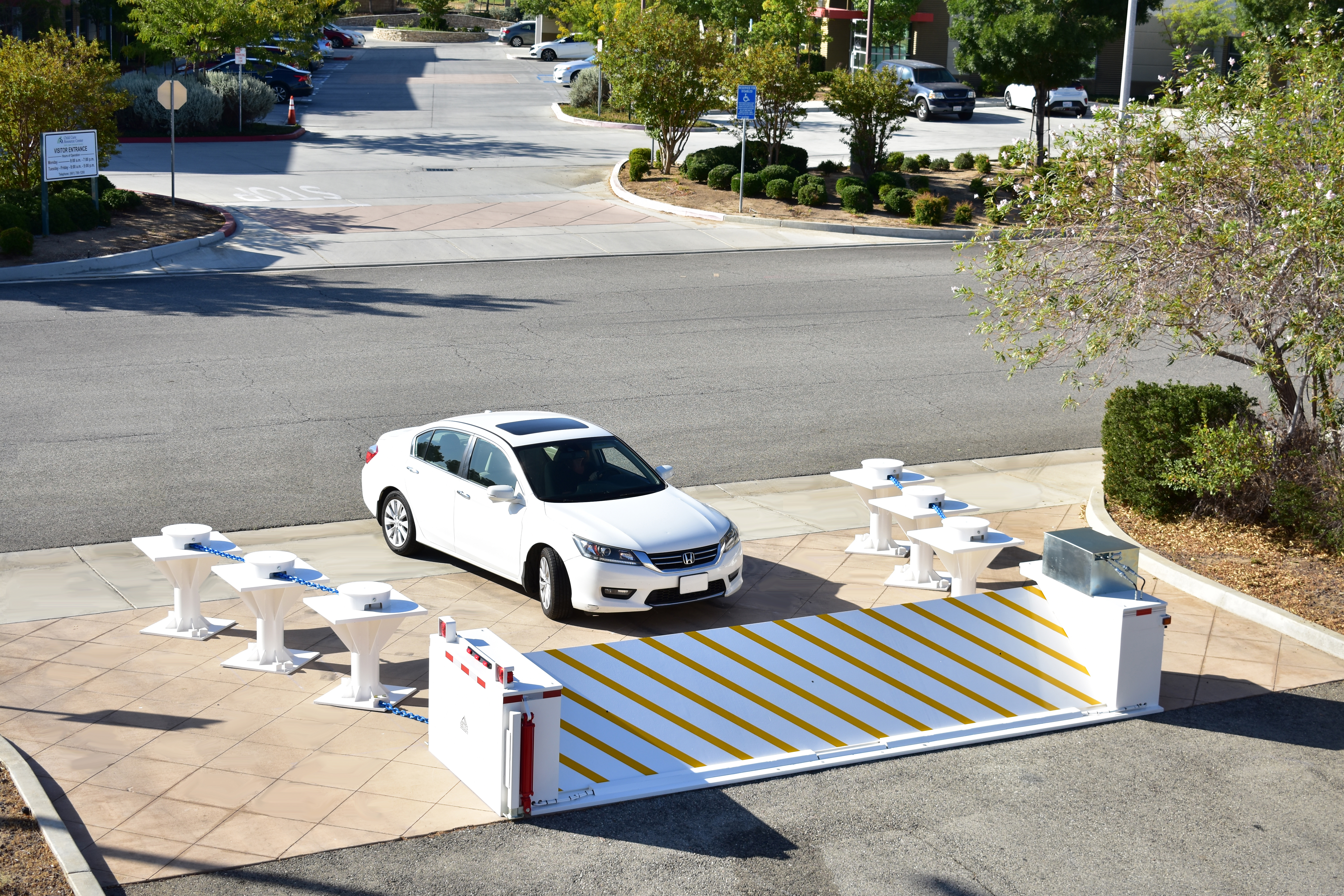What Is a Bollard?
Bollards are a key access control solution that limits vehicle traffic and improves site safety. Generally made from concrete or steel, these short posts provide a physical barrier to protect pedestrians, buildings, and critical infrastructure components. Learn more about what a bollard is, how they work, and where they are used.

Bollards are vertical columns designed to resist vehicle penetration. They have a solid core and may have decorative casing depending on customer preferences. Bollards have a long history of use and offer superior protection for designated areas. Statistics show that there is a growing demand for bollards in commercial applications and that they effectively prevent vehicle impacts every day.
Bollard Height, Diameter, and Depth
Most bollards extend about one meter above grade, with a general range of 36 to 48 inches. Their low profile makes them effective for stopping impacts. However, there is no standard or required bollard height.
A typical diameter is six inches. This is only for the central post within a bollard and does not include any decorative sleeves or casings. It is also not a strictly established size, and you may find bollards that are both thinner and substantially thicker. Keep in mind that crash test ratings are more effective at determining the effectiveness of a bollard than its overall size.
The installation method and depth can vary depending on your specific needs, bollard type, and location access. Deep foundation bollards extend several feet into the ground, shallow foundation installations are generally two feet or less with a wider footprint, and portable bollards bolt onto the existing surface.
What Is the Purpose of Bollards?
Bollards serve several access control purposes, the primary one being to limit vehicle access to designated areas. This makes them crucial for establishing and protecting pedestrian walkways, bike paths, and buildings.
Businesses and governments use bollards to protect the space around infrastructure components, such as generators, power supplies, and security centers. They are effective at keeping parking and pedestrian areas separate from traffic. Bollards are also an excellent tool for protecting construction sites and equipment.
Retractable bollards are excellent for providing security in designated areas. You can deploy them as needed to stop an unauthorized vehicle from entering, then retract them to allow normal traffic flow through the area.
Can a Bollard Stop a Car?

Bollards are specifically designed to stop cars and trucks. The crash rating system for them indicates the size of the vehicle they can stop and at what speed. A maximum security bollard with an ASTM M50 rating can effectively stop a 15,000-pound vehicle traveling at 50 miles per hour.
Single Bollards vs. Arrays
A full array is the most secure approach to stopping heavy trucks, especially when using portable bollards. Array spacing is an important part of the design and installation process, and ensures bollards provide the desired level of protection.
Single-bollard installations are effective for protecting specific items or in areas with limited space. For example, a single bollard at the entrance of a bike lane allows bicycles to enter while restricting car and truck access.
What Is the Difference Between a Bollard and a Post?
There are significant differences between bollards and posts, particularly around their construction and sturdiness. They each serve important, but different, purposes in improving site safety.
Posts tend to be taller than bollards. They can be made from various materials, although most industrial posts are steel. Installation methods can vary, but most posts are mounted to a concrete-embedded base.
Posts are designed for load-bearing and accessory use, such as supporting lights and security equipment, and do not have the impact resistance of a bollard. Many locations also use posts to mark their perimeter or designated areas.
Bollards are shorter and usually thicker than posts. They typically feature concrete or steel construction with an in-ground foundation. However, crash-tested portable bollards can effectively stop vehicles in temporary situations.
Bollards are specifically designed to withstand ground-level impacts from heavy objects, such as cars and trucks. They direct pedestrians, restrict vehicle access, and protect critical locations. Crash test ratings indicate the force a bollard can withstand based on vehicle size, speed, and travel distance after impact.
Trust Delta Scientific To Explain What a Bollard Is
When you need maximum protection, Delta Scientific delivers. We offer customized, effective access control solutions for industrial sites, government offices, infrastructure sites, stadiums, and military installations. Our experienced team of professionals can answer any questions about what a bollard is and how using an array can protect your property. Request a quote today. e.
Share This Story, Choose Your Platform!
